All Stories
-
 Ecosystems
EcosystemsEarth’s dry zones support a surprising number of trees
A Google Earth-based estimate of dryland forests adds serious leafage to Earth’s total tree count.
By Beth Geiger -
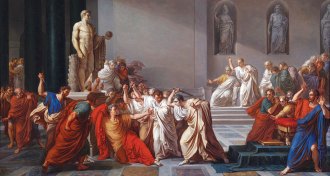 Chemistry
ChemistryEvery breath you take contains a molecule of history
In 'Caesar’s Last Breath', best-selling author Sam Kean tells vivid stories about the gases we can’t see.
-
 Animals
AnimalsThis glass frog wears its heart for all to see
A newly discovered glass frog species has skin so clear that it reveals most of the animal’s internal organs, including the heart.
-
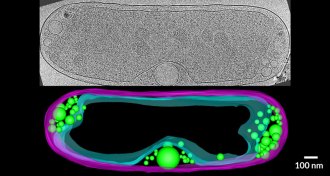 Life
LifeScientists spy on the secret inner life of bacteria
New images reveal the inner workings of bacteria.
-
 Life
LifeFlight demands may have steered the evolution of bird egg shape
An analysis of nearly 50,000 bird eggs finds a link between a species’ egg shape and flight ability.
-
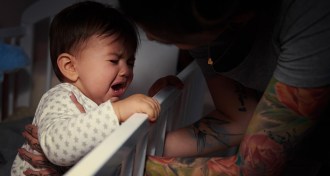 Health & Medicine
Health & MedicineWhen should babies sleep in their own rooms?
A new study offers support to sleep-starved parents by suggesting that babies age 6 months and older sleep longer when in their own bedroom.
-
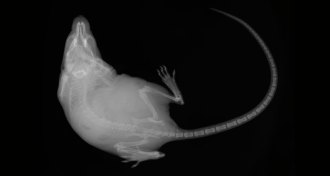 Health & Medicine
Health & MedicineBones make hormones that communicate with the brain and other organs
Bones send out hormone signals that chat with other parts of the body, studies in mice show. What influence these hormones have in people, though, remain a mystery.
-
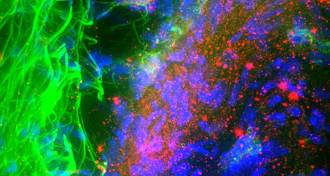 Health & Medicine
Health & MedicineProtein in Parkinson’s provokes the immune system
The immune system recognizes parts of a protein linked to Parkinson’s disease as foreign, triggering an autoimmune response.
-
 Health & Medicine
Health & MedicineA baby’s DNA may kick off mom’s preeclampsia
A large genetic analysis points to a protein made by the fetus that may trigger preeclampsia in the mom.
-
 Physics
PhysicsHere’s why your wheelie suitcase wobbles
Physicists explain why roller suitcases rock back and forth as you dash through the terminal.
-
 Astronomy
AstronomySatellite trio will hunt gravitational waves from space
The European Space Agency has green-lighted the Laser Interferometer Space Antenna, expected to launch in 2034.
-
 Environment
EnvironmentNew material could filter water contaminants that others miss
A new polymer offers a better way to pull fluorine-containing pollutants out of drinking water.